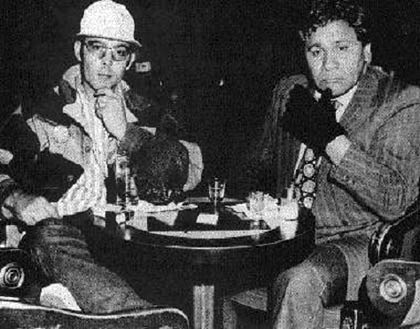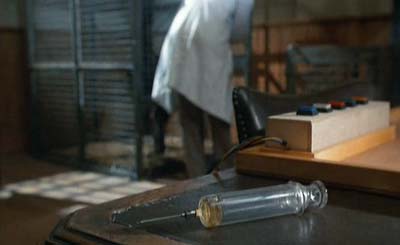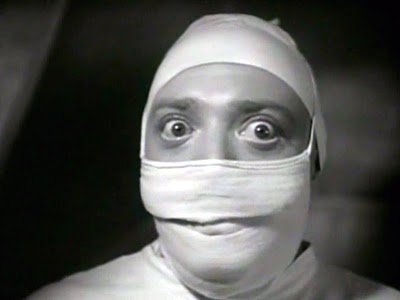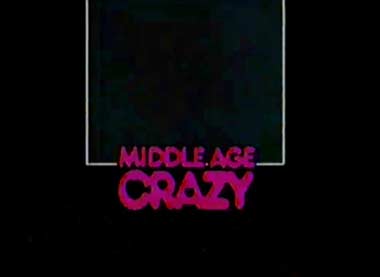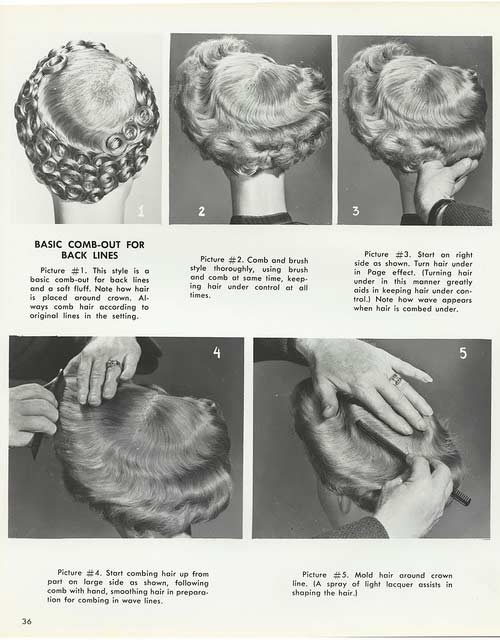The essence of man does not involve necessary existence

A little more than 40 years ago, a partially functioning brain would not have gotten in the way of organ donation; irreversible cardiopulmonary failure was still the only standard for determining death. But during the 1970s, that began to change, and by the early 1980s, the cessation of all brain activity — brain death — had become a widely accepted standard. In the transplant community, brain death was attractive for one particular reason: The bodies of such donors could remain on respirators to keep their organs healthy, even during much of the organ-removal surgery.
Today, the medical establishment, facing a huge shortage of organs, needs new sources for transplantation. One solution has been a return to procuring organs from patients who die of heart failure. Before dying, these patients are likely to have been in a coma, sustained by a ventilator, with very minimal brain function — a hopeless distance from what we mean by consciousness. Still, many people, including some physicians, consider this type of organ donation, known as “donation after cardiac death” or DCD, as akin to murder.
Critics of DCD contend that some patients may still be alive five or even 10 minutes after cardiac arrest because, theoretically, their hearts could be restarted, and some of their brain function might still remain. In such cases, critics assert, the patients were clearly not dead because their condition was reversible. Advocates of DCD counter that do-not-resuscitate orders from a patient or family render the argument about irreversibility moot.
In any case, there would be little debate about DCD if organs in a body remained viable for transplantation 20 or 30 minutes after heart and lung failure. But they become damaged quickly, so surgeons have to act fast — ideally, within about 10 minutes of cardiac arrest.
According to the Uniform Determination of Death Act, which was drafted about 30 years ago and has since been adopted, in some form, by all of the states, you can be declared dead in one of two ways: Your brain can irreversibly cease functioning, or your heart and lungs can irreversibly stop working. “Irreversibly,” in this context, has fueled the controversy. Does it mean the heart is unable to spontaneously start by itself? Or does it mean that even resuscitation efforts fail to restart the heart? (…)
More than 100,000 potential organ recipients idle on the waiting list maintained by the United Network for Organ Sharing, which manages the U.S. transplant system. An average of 18 people on the list die each day because of a shortage of donor organs.
photo { Robert Frank, London, 1952 }



